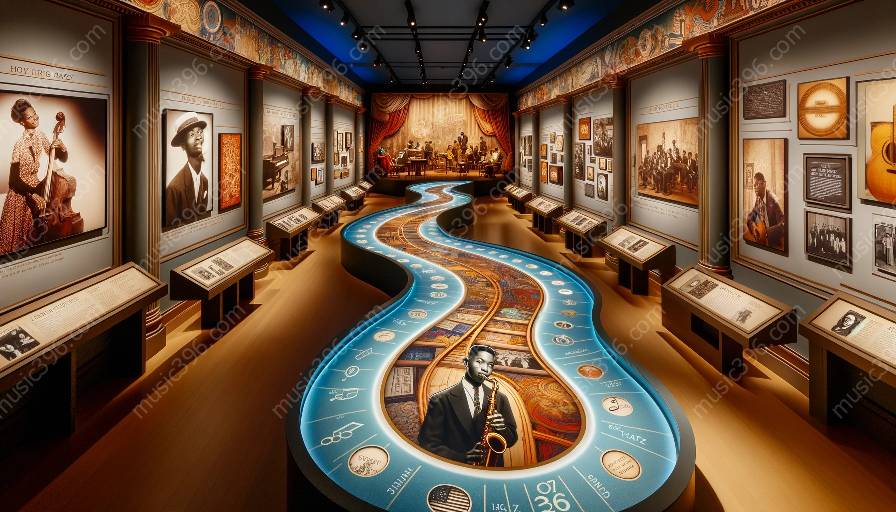Jazz is a genre known for its diversity in styles, influenced by regional cultures and traditions. This article explores the rich tapestry of jazz styles influenced by various regions, delving into their unique characteristics and evolution over time.
The Evolution of Jazz
Jazz originated in the African-American communities of New Orleans in the late 19th and early 20th centuries. It has since evolved and spread across the globe, adapting to and incorporating elements of different cultures and musical traditions.
Jazz Studies
Studying jazz involves a deep dive into its history, styles, and cultural impact. By understanding the regional diversity of jazz, students can gain a broader perspective and appreciation for the genre. Jazz studies also cover the techniques, theory, and improvisation that define the art form.
Exploring Regional Jazz Styles
Let's take a closer look at the unique characteristics of jazz styles from various regions:
New Orleans Jazz
New Orleans, often considered the birthplace of jazz, gave rise to a distinct style characterized by its syncopated rhythms, collective improvisation, and use of brass instruments like the trumpet, trombone, and clarinet.
Bebop (East Coast)
Emerging in the 1940s, bebop, predominantly associated with the East Coast, marked a departure from the traditional New Orleans style. Bebop emphasized fast tempos, complex chord progressions, and virtuosic soloing, revolutionizing jazz improvisation.
West Coast Cool Jazz
On the West Coast, cool jazz emerged as a reaction to the high-energy bebop movement. Cool jazz featured a more relaxed, laid-back approach, characterized by smooth melodies, intricate arrangements, and a focus on musical subtlety and elegance.
Latin Jazz
Latin jazz, influenced by Afro-Cuban and other Latin American musical traditions, adds a lively and rhythmic dimension to jazz. It incorporates elements such as clave patterns, montuno rhythms, and percussive instruments like congas and bongos, creating a vibrant fusion of styles.
European Jazz
European jazz reflects the diverse musical influences of the continent, blending jazz with traditional European music and avant-garde experimentation. It encompasses a wide spectrum of styles, from the gypsy jazz of Django Reinhardt to the contemporary innovations of Nordic jazz.
Asian Jazz
Jazz in Asia has seen a surge in popularity, with musicians incorporating traditional Asian instruments and melodies into their jazz compositions. The result is a fusion of Eastern and Western musical elements, giving rise to captivating and culturally rich jazz styles.
The Cultural Impact of Regional Jazz Styles
Each regional jazz style has left a profound impact on the cultural landscape, influencing not only music but also art, fashion, and social movements. Jazz has served as a vehicle for cultural exchange, fostering connections between diverse communities and shaping the identity of different regions.
By appreciating the regional diversity of jazz styles, one can gain a deeper understanding of the interconnectedness of music and culture, showcasing the universal power of jazz to transcend boundaries and unite people from all walks of life.





























